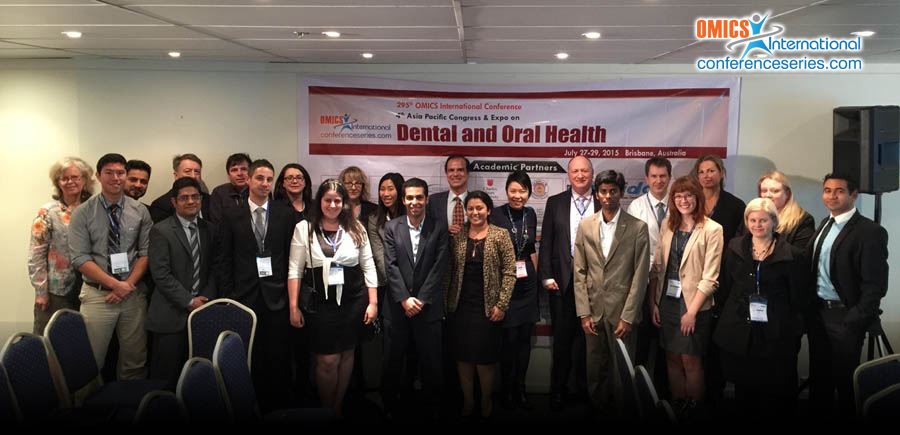
Harnie Jo
University of Otago, New Zealand
Title: Survival times and reasons for failure of orthodontic retainers (pilot study)
Biography
Biography: Harnie Jo
Abstract
Abstract Retainers are an essential component of successful orthodontic treatment, required to be worn for sufficient periods of time following fixed appliance therapy to prevent relapse. Retainer failure may compromise treatment outcomes. Objective: The aims of this retrospective study were to assess the survival times and the reasons for failure of orthodontic retainers used at the School of Dentistry, Otago University. Methods: 117 retainers were included in this study. Eligibility for inclusion required retention periods be of at least 24 months. Data regarding types of retainers, survival time, and reasons for failure were collected. Results: Hawley, vacuum-formed and fixed retainers were used at the School of Dentistry for retention. Overall, 58.8% of maxillary retainers and 59.2% of the mandibular retainers survived for 24 months or more. At 24-months retention, the survival rates were 52.9% for upper fixed retainers, 57.1% for upper vacuum-formed retainers, 57.9% for lower fixed retainers, 63.3% for upper Hawley retainers, and 72.7% for lower vacuum-formed retainers. The majority of failures occurred within the first six months of retention, particularly for upper and lower fixed retainers (35.3% and 31.6%). The most common reasons for failure were breakage (63.6% for Hawley; 66.7% for upper vacuum-formed retainers) and debonding (82.4% for lower fixed retainers). Conclusion: Over the 24-month retention period, upper fixed and upper vacuum-formed retainers had the lowest survival rates, while lower vacuum-formed and upper Hawley retainers had the highest survival rates. Breakage and debonding were the two main reasons for failure.
Speaker Presentations
Speaker PPTs Click Here



